Chocolate Bar
$80.00 Original price was: $80.00.$70.00Current price is: $70.00.

Chocolate Bar is for experienced Infused with 6g of magic mushrooms.
Chocolate Bar
Description. Click Here! to join our telegram
Purchase chocolate bar
chocolate bar, a beloved confectionary delight, has captivated the taste buds and hearts of millions around the world for centuries. Its rich, velvety texture and heavenly aroma make it a universal treat that transcends borders and cultural differences.
But have you ever wondered about the fascinating journey of a chocolate bar, from its humble beginnings as a cocoa bean to the mouthwatering masterpiece it becomes? In this article, we will delve into the history, production process, health benefits, and the sustainability challenges associated with the chocolate bar. So, grab a chocolatey snack and get ready to indulge in the delectable world of chocolate!
Order chocolate bar online
History and Origins of chocolate bar
The story of the chocolate bar begins in Mesoamerica, where ancient civilizations like the Mayans and Aztecs cultivated the cacao tree and crafted a bitter beverage called “xocoatl” from its seeds. The cacao beans held immense value and were used as currency, and the beverage was often reserved for royalty and religious ceremonies.

It wasn’t until the 16th century when Spanish explorers encountered cacao during their conquests in the New World. They brought the beans back to Europe, where they were blended with sugar and spices to create a sweeter version of the drink.
Chocolate bar for sale
Over time, this concoction gained popularity, and chocolatiers began experimenting with different methods to solidify the mixture, eventually leading to the creation of the first solid chocolate bars.
Production Process of chocolate bar
The production of a chocolate bar involves several intricate steps, starting with the cultivation and harvesting of cacao beans. These beans are primarily grown in tropical regions such as West Africa, South America, and Southeast Asia. The trees require specific climatic conditions, including ample rainfall and shade, to flourish.
Once the cacao pods ripen, they are carefully cut from the trees and opened to reveal the white pulp and the precious beans within. The beans are then fermented to develop their characteristic flavor and aroma. After fermentation, the beans are dried, sorted, and shipped to chocolate manufacturers worldwide.
At the chocolate factory, the beans go through a series of processes, including roasting, grinding, and conching. Roasting enhances the flavor by bringing out the beans’ natural oils, while grinding transforms them into a smooth paste known as chocolate liquor. During couching, the chocolate liquor is mixed, heated, and aerated to refine the texture and remove any remaining bitterness.
The next step is tempering, a critical process that involves carefully controlling the temperature to encourage the formation of stable cocoa butter crystals. This step gives the chocolate its glossy appearance and satisfying snap when broken. Once tempered, the chocolate is poured into molds and allowed to cool and harden into the familiar shape of a chocolate bar.
Health Benefits of chocolate bar
Contrary to popular belief, chocolate bars can offer health benefits when consumed in moderation. Dark chocolate, in particular, contains a higher percentage of cocoa solids and is rich in antioxidants called flavonoids. These compounds have been linked to various health benefits, including reducing the risk of heart disease, improving blood flow, and providing anti-inflammatory properties.
Additionally, chocolate contains minerals such as iron, magnesium, and zinc, which are essential for overall well-being. It also stimulates the release of endorphins and serotonin in the brain, promoting feelings of happiness and relaxation.
However, it is important to note that not all chocolate bars are created equal. Milk chocolate and white chocolate typically contain higher amounts of added sugars and fats, reducing their health benefits. When choosing a chocolate bar, opt for those with a higher cocoa content and minimal additives.
Sustainability Challenges of chocolate bar
The increasing demand for chocolate bars has placed significant strain on the cocoa industry, leading to sustainability challenges. Cocoa farming often involves small-scale farmers who face numerous obstacles, including low incomes, lack of access to resources, and deforestation.
Many cocoa-producing regions, particularly in West Africa, have experienced deforestation as farmers expand their plantations to meet the growing demand. This leads to habitat destruction, loss of biodiversity, and contributes to climate change.
Furthermore, child labor and unfair wages are prevalent issues in the cocoa industry. Efforts have been made by chocolate manufacturers and organizations to address these challenges through certification programs, such as Fairtrade and Rainforest Alliance, which aim to ensure better working conditions and fair prices for farmers.
Conclusion
The chocolate bar has come a long way since its ancient origins, evolving into one of the most beloved treats worldwide. Its delectable taste, combined with the potential health benefits of dark chocolate, makes it a delightful indulgence for many.
However, as consumers, we must also be aware of the sustainability challenges associated with the cocoa industry. By supporting fair trade and sustainable practices, we can contribute to a more ethical and environmentally friendly chocolate production.
So, the next time you unwrap a chocolate bar, take a moment to appreciate the journey it has undertaken—from the cacao farms to the factory—and savor the complex flavors that have been carefully crafted for your enjoyment. Chocolate bars truly are a testament to human ingenuity and the wonders of nature.
In this article, we have explored the history and origins of the chocolate bar, delving into its Mesoamerican roots and its transformation into a beloved treat in Europe. We have also examined the intricate production process, from the cultivation and harvesting of cacao beans to the tempering and molding of the chocolate.
Additionally, we have highlighted the health benefits of dark chocolate and the importance of choosing high-quality options with minimal additives.
However, we must also acknowledge the sustainability challenges faced by the cocoa industry. Deforestation, child labor, and unfair wages continue to be pressing issues that need to be addressed. Supporting certified sustainable chocolate and advocating for ethical practices can make a significant difference in the lives of cocoa farmers and the environment.
So, the next time you indulge in a chocolate bar, let it be a reminder of the centuries-long journey it has taken to reach your hands. Appreciate the craftsmanship, savor the flavors, and remember the importance of making conscious choices to ensure a sustainable and ethical chocolate industry. The highest quality Psilocybin chocolate bar on the market is made by extracting the psilocybin from the mushrooms this allows for a much purer High eliminating the upset stomach feeling users would get from digesting mushrooms.

our extraction technology completely puts the Wonder bar in a league of its own creating a product that is much safer. free of any contaminants and more accurately dosed our product has been known to significantly reduce stress depression, increase focus, stimulate brain cell growth caution to start slow in a safe environment do not operate any motor vehicles while using this product…
micro dose as follows one two three pieces
1-3 pieces micro dose.
3-7 pieces Therapeutic Dose!
8-12 Pieces Wonderland! Enjoy Netflix Films or YOUTUBE VIDEOS!
Highest Demand Number 1 Item! No Bulk on 1st Time Orders! Don’t ask!
No we’re not a Scam Must Be Over 18 To Order! Yes, All Legal States! Thank you for your support Everyone is appreciated! Free sticker with Wonder Bar! Always! Don’t be scammed by the Fakers! We help the homeless with a small % of their earnings. Real REVIEWS! Become a member now FREE! Best Edibles
Reviews
There are no reviews yet.
Related products
Mushroom Chocolate Bars
Mushroom Chocolate Bars
Mushroom Chocolate Bars
Mushroom Chocolate Bars
Mushroom Chocolate Bars
Mushroom Chocolate Bars
Mushroom Chocolate Bars
Mushroom Chocolate Bars

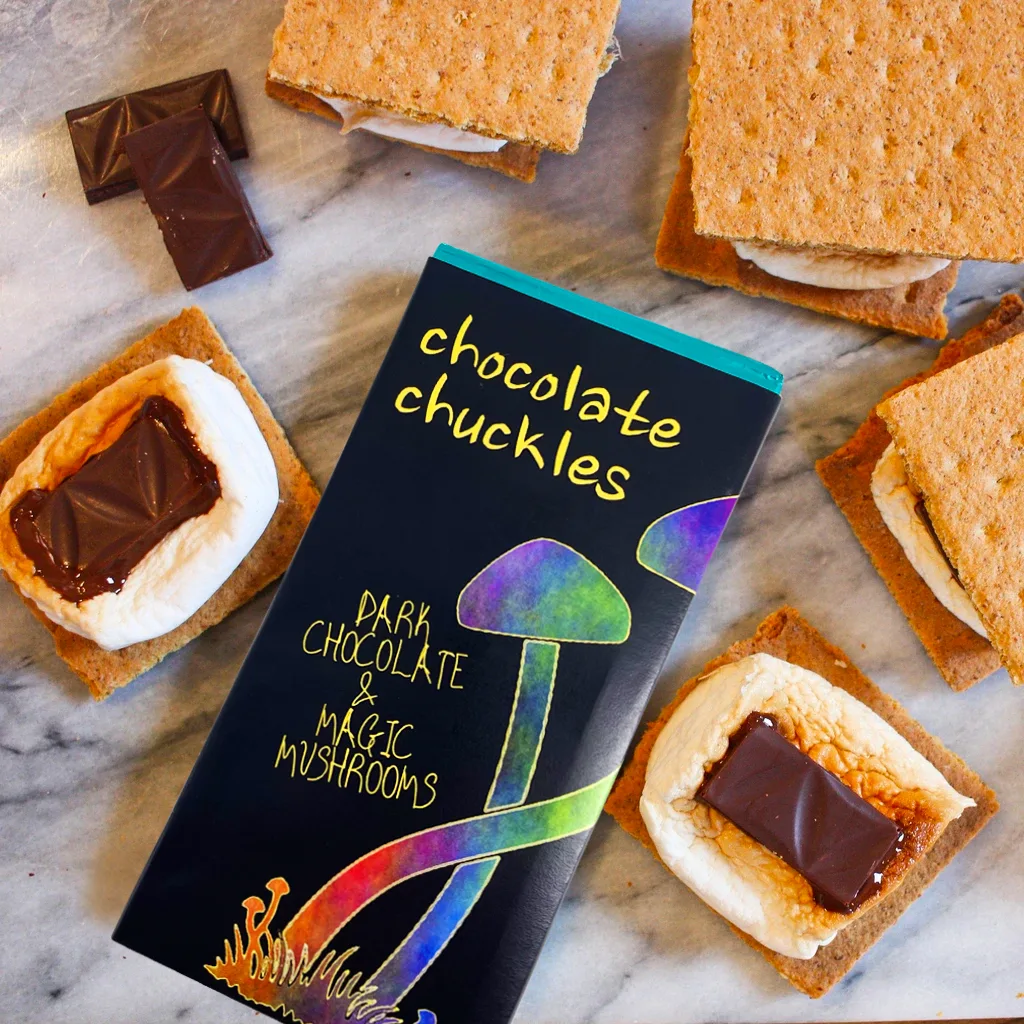
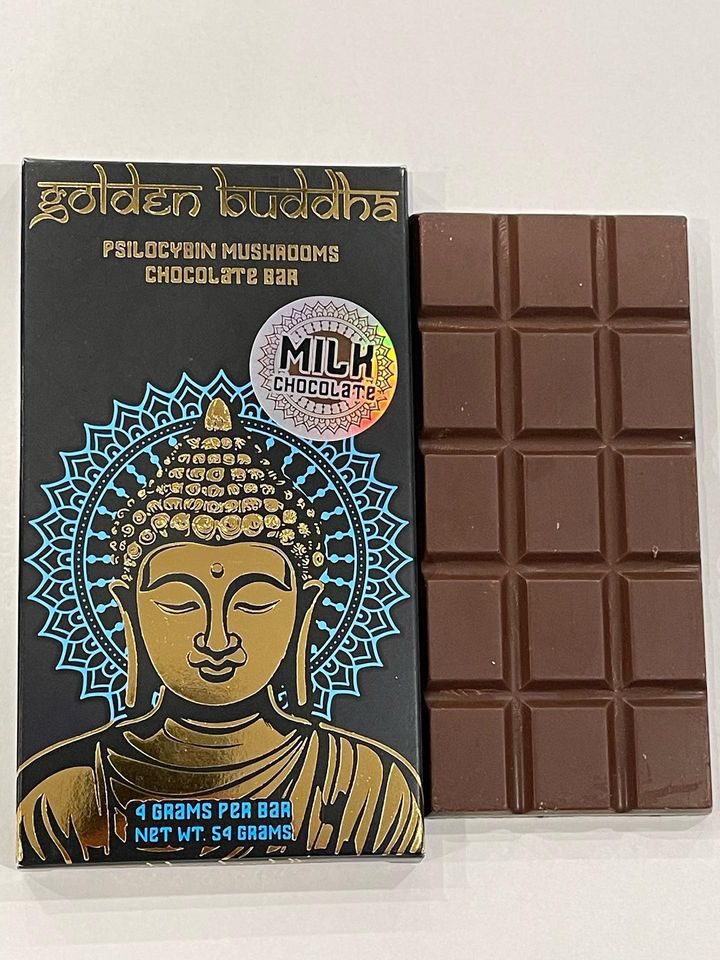
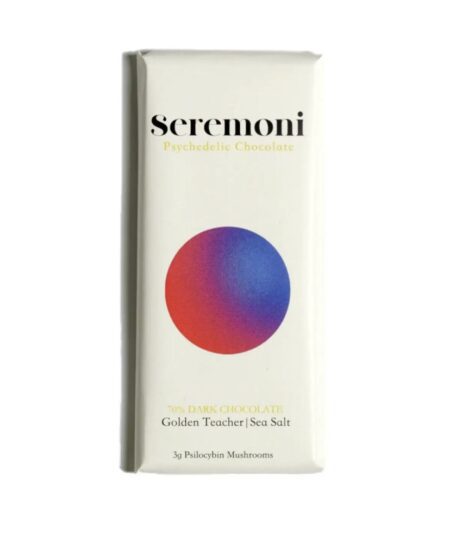
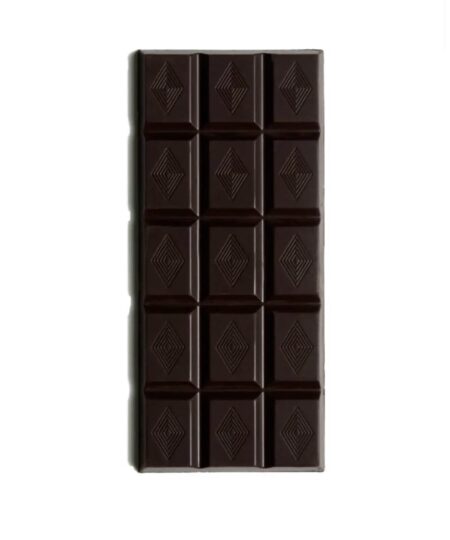
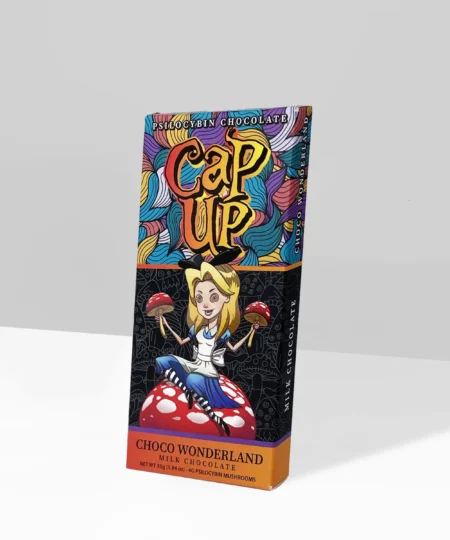
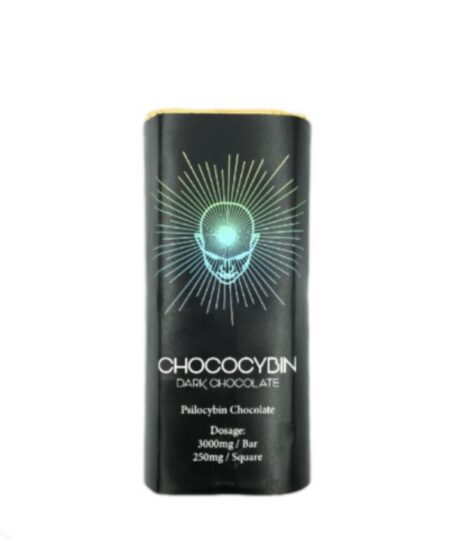



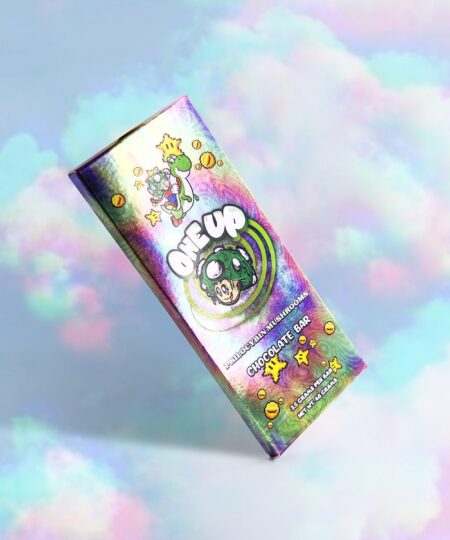
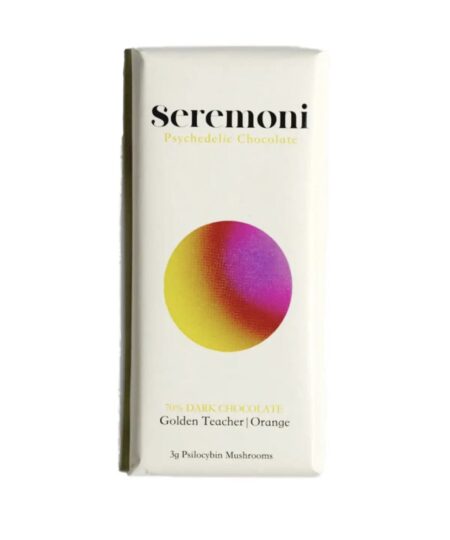

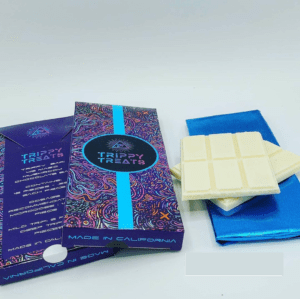

Be the first to review “Chocolate Bar”